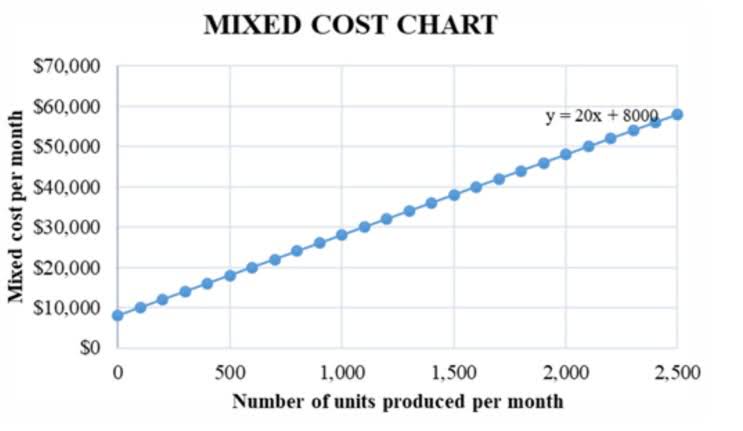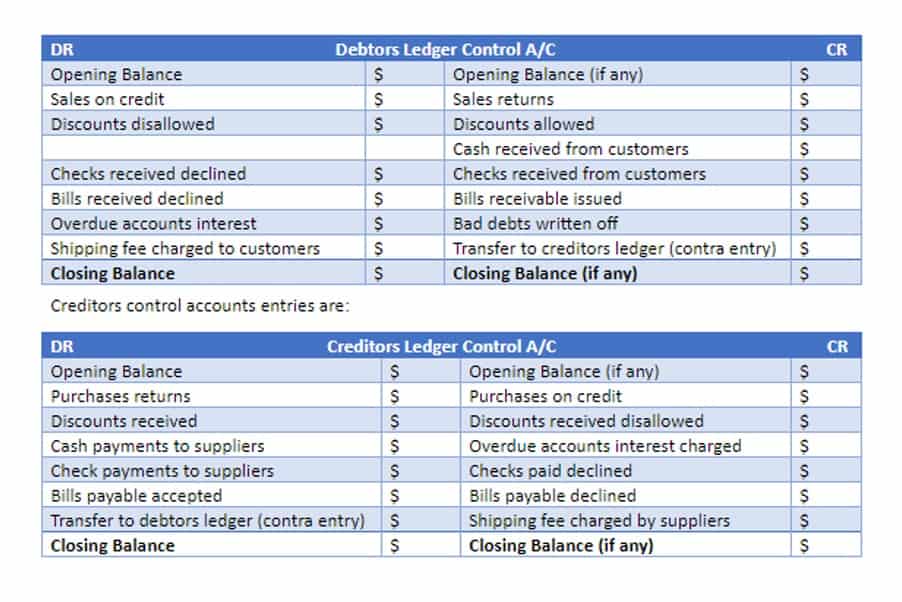Cost Control: Target Pricing and Cost Control Strategies for Profitability

Fyle’s dashboard offers powerful analytics, providing instant visibility into business credit card and reimbursable spend data. You can track spend patterns, compare them over time, and break down expenses by merchant, department, or project to make more informed decisions. Implement a just-in-time inventory to optimize your supply chain and reduce excess stock. For instance, tools like Fyle integrate directly with credit card networks to unearned revenue give you real-time notifications on all business credit card spend.

Slash your travel budget

Sometimes the biggest cost control savings come from rethinking how your organization operates. Take a critical look at your current structure — are there opportunities to streamline? Analyze your span of control and look for ways to reduce management layers without sacrificing effectiveness.
Separation of Duties in Accounting: A Guide to Preventing Errors and Fraud
- Indirect costs, on the other hand, are expenses that are not directly related to the production of goods or services.
- By implementing robust cost control strategies, businesses can optimize their financial performance, enhance their competitiveness, and create a sustainable business model.
- By focusing on project planning, resource planning, and budget planning, organizations can ensure that their projects are completed within the budget and meet the required quality standards.
- Overall, outsourcing and hiring freelancers can be an effective way to reduce staffing costs for businesses.
Also known as overhead costs, they include expenses that support business operations. Such expenditures are more difficult to trace since they’re not directly linked to the company’s product or service. Although cost reduction is important, it’s not a one-and-done solution and might not be the best option for everyone.
Remote work cost management
- From streamlining vendor relationships to implementing new technologies, businesses have more tools than ever to reduce expenses while improving their operational capabilities.
- It encompasses various techniques and tools aimed at improving processes, optimizing performance, and reducing costs without impacting the quality of the product or service provided.
- One way to reduce location costs is to consider relocating to a more affordable area.
- By implementing effective cost control techniques, businesses can optimize their operations, reduce wasteful expenditure, and achieve break-even analysis.
- It facilitates expense tracking, budget management, and vendor management, offering businesses the tools needed to enforce cost control strategies aligned with their unique requirements.
Analyzing each component of your supply chain can help identify inefficiencies and areas for cost savings. Happay leverages data analytics and reporting tools to provide valuable insights into spending patterns, cost drivers, and potential cost-saving opportunities. These insights enable organizations to identify areas where costs can be reduced, allocate resources efficiently, and optimize their cost control strategies. The first step in preventive cost control is to conduct a thorough analysis of the company’s processes and procedures to identify areas where costs can be reduced. This can include reducing waste, improving efficiency, and implementing cost-saving measures such as energy-efficient equipment or automation.
Cost Control in Different Industries

This essay will explore the concepts of cost control and cost reduction, their importance to business organizations, and how they can be implemented to improve profitability. However, there are several challenges that businesses must overcome to implement effective cost control strategies. By understanding these challenges and developing strategies to address them, companies can improve their profitability and remain competitive in their respective industries. In conclusion, overspending is a common challenge that Interior Design Bookkeeping organizations face when it comes to cost control. These tools provide real-time data and insights into the company’s financial performance.

